The untold "app gap" story Part III: The mobile web is the path to bots, apps 2.0
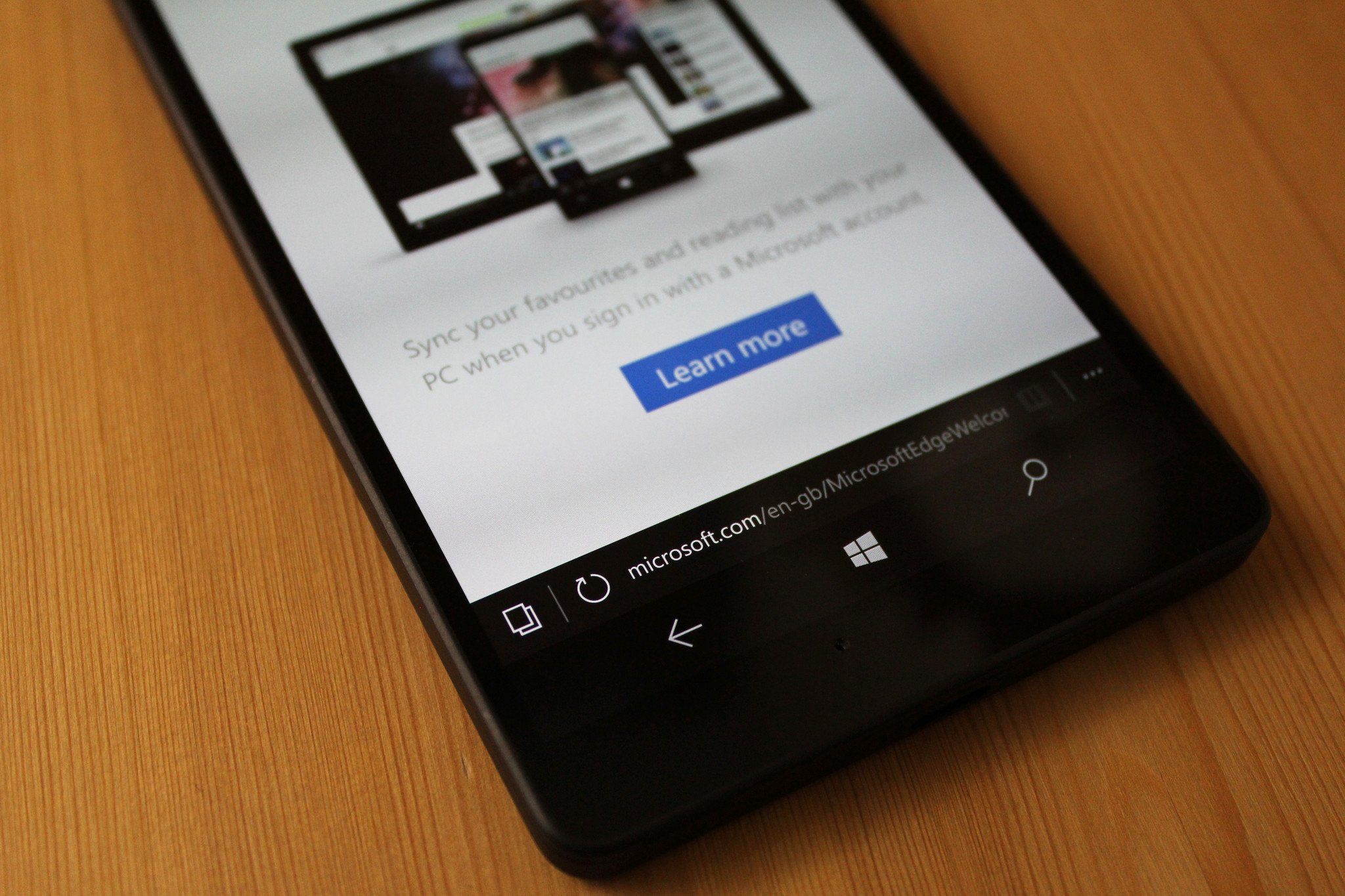
In parts one and two of this series I posited that human behavior in relation to apps effectively precludes the existence of an app gap on the Windows Mobile platform.
That is an experience with Windows Phone that makes it virtually unusable as a modern smartphone or severely degraded as such in relation to rivals, Apple and Google, due to their comparatively larger app stores of quality apps. I do acknowledge that there is indeed an immense quantity gap between the Windows Store's nearly 500,000 apps versus competitors above 1.5 million apps. I also acknowledge that there is a clear quality gap between some Windows Mobile apps and their more polished iPhone and Android counterparts. These facts are both observable and undeniable.
What is challenged by the data from the 2015 Comscore Mobile App Report is the conclusion reached by many that Windows Mobile is not a viable platform for the average US smartphone user due to the acknowledged quantity and quality gaps.
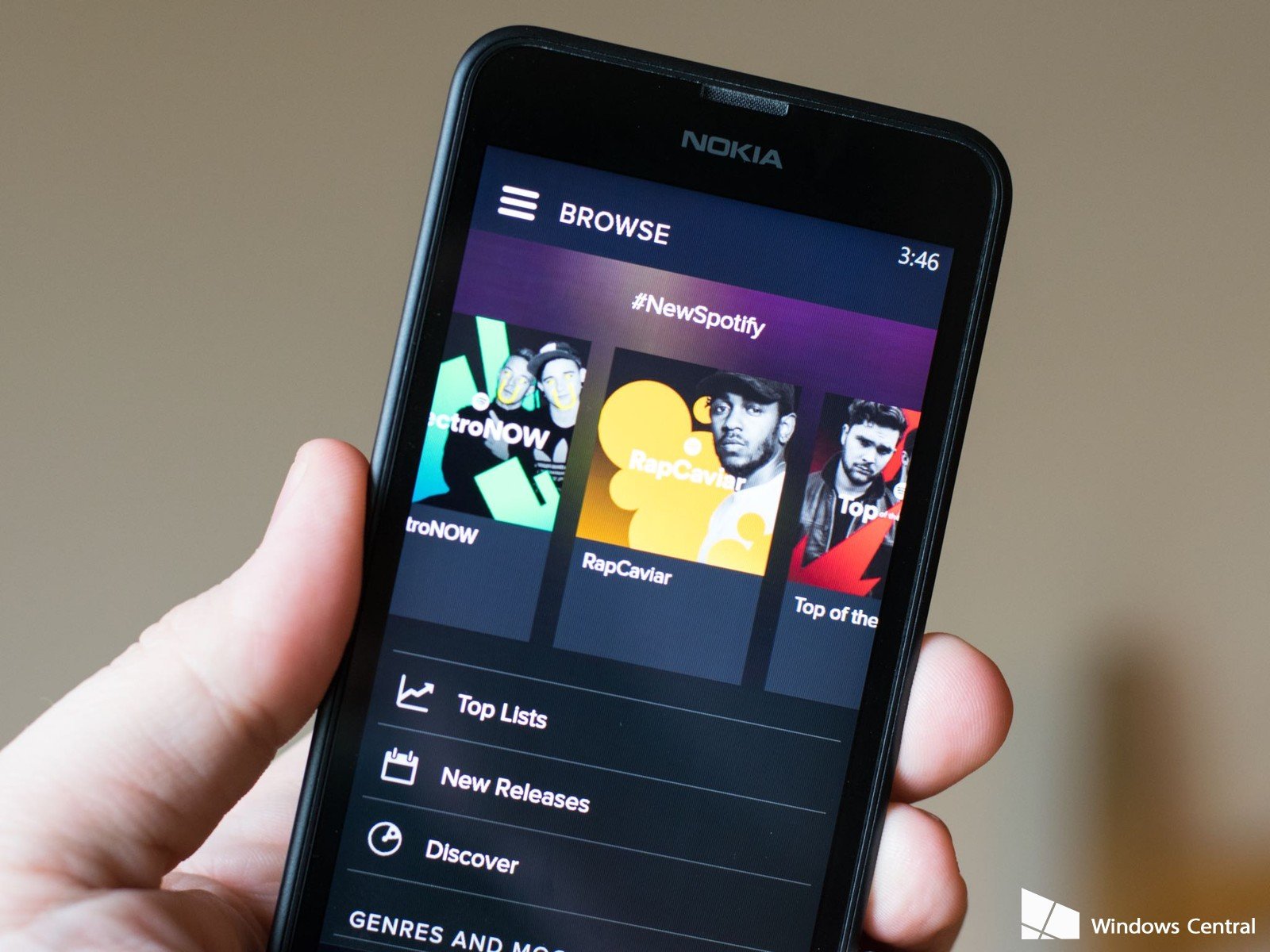
This data supports the industry's move from a user initiated app model to the proactive AI supported bot model.
In this piece, we will look a little closer at the data from Comscore's 2015 Mobile App Report. We will incorporate into our analysis of human behavior in relation to mobile apps the average smartphone user's use of mobile web content as well. By the end of this piece, we will see how this data supports the industry' move in personal computing from the current user initiated app model to the proactive AI supported and intent aware bot model.
As I've shared in the past two articles, the data from Comscore's Mobile App Report focuses on US smartphone users. Thus, it cannot be definitively asserted that the data is reflective of all smartphone users worldwide. That said, it may be possible to presume that human behavior across other demographics, would yield a similar concentration of user activity on a small assortment of apps and a high engagement of mobile web content.
What we know
In parts I and II we analyzed data that revealed that a whopping 50% of the average US smartphone users time is spent in his top used app. We further saw in the data that 91% of an average users time is spent in his top six apps.
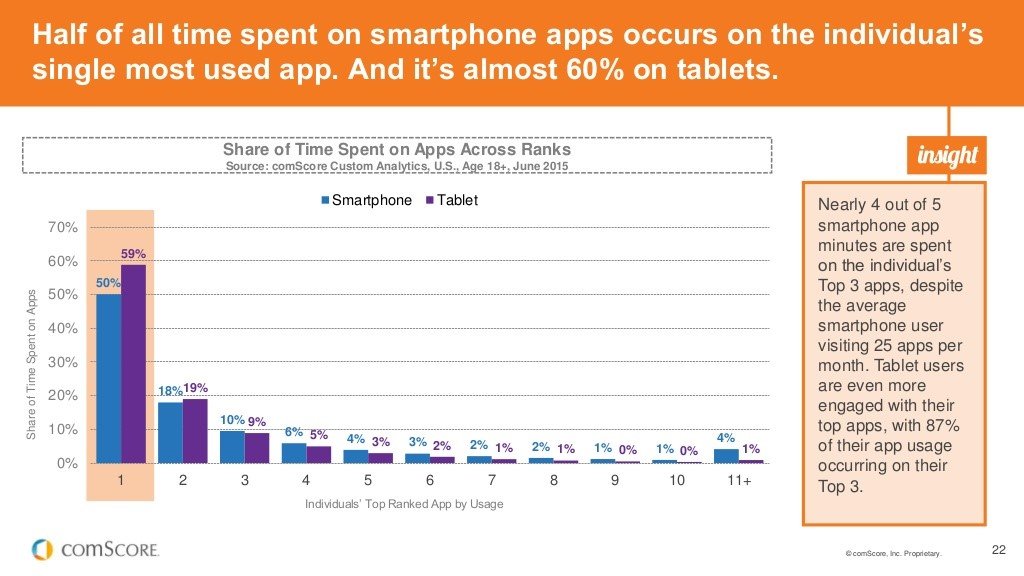
Furthermore, the data revealed that social media dominates smartphone app usage and that the leading social media platforms, such as Facebook, which garners the majority of user's time, are indeed on Windows Mobile.
All the latest news, reviews, and guides for Windows and Xbox diehards.
Part I: Human behavior, the overlooked variable
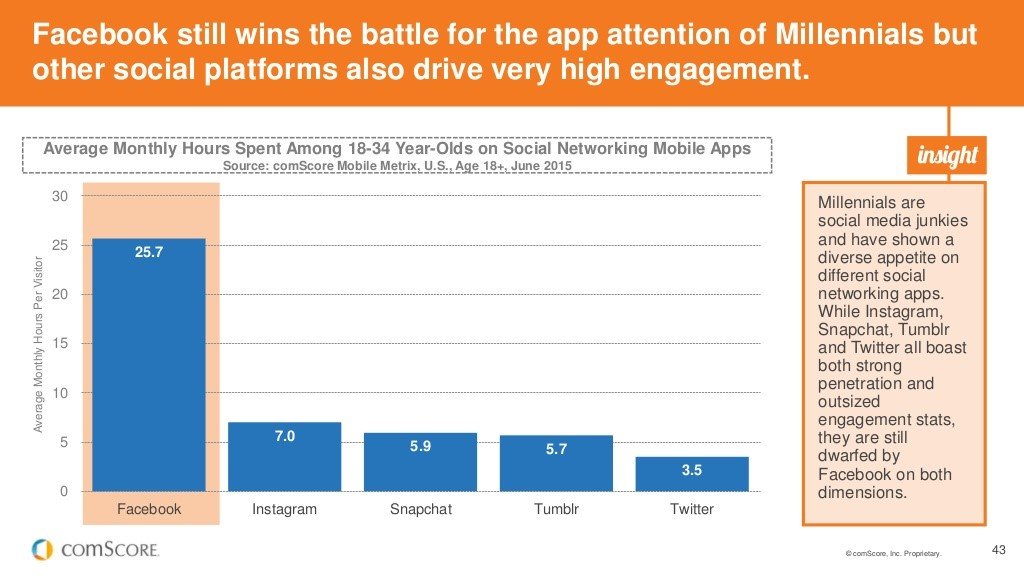
Additionally, we shared how most of the top 25 most used apps of 2015 are indeed on Windows Mobile or are effectively replicated on the platform.
Part II: App gap? What app gap?
We surmised by this data that for the average US smartphone user, Windows Mobile offers a platform that accommodates what that data reveals to be the behavior of the average US smartphone user.
Getting the lowdown on downloads
With the much-touted size of the App Store and Google Play, and the ongoing dialogue surrounding the importance of apps, one would presume that the average smartphone user is busy downloading as much app content as their devices could hold.
However, even without any additional data to the contrary, the previously presented data would likely lead the astute reader to the conclusion that that simply is not the case. Smartphone users, despite the availability of over a million apps on the dominant platforms, are simply, relatively speaking, not downloading much app content.
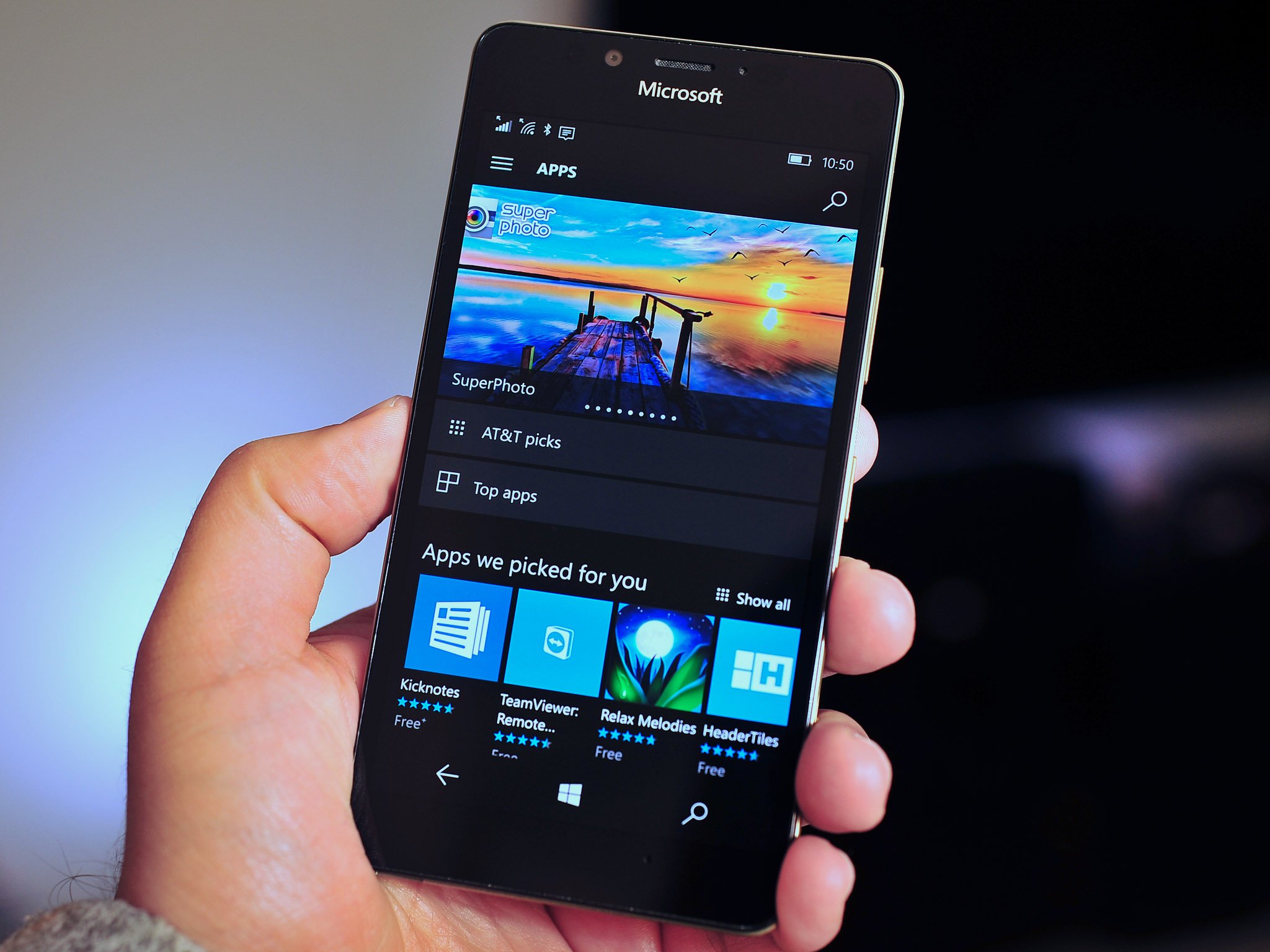
This information coincides with what we saw in the last piece of this series where we shared app discovery activity is quite low. As noted, the highest level of app discovery activity occurs among a meager 27% of the smartphone using population. Moreover, that number is representative of the most engaged smartphone user demographic of 18-34-year-olds or millennials, using the app stores.
Needless to say, less engaged representatives of older demographics app discovery activity is even lower than that high of 27%. Furthermore, as we shared in the previous piece app discovery activity decreases across engagement methods as well as with age as seen in the chart below.
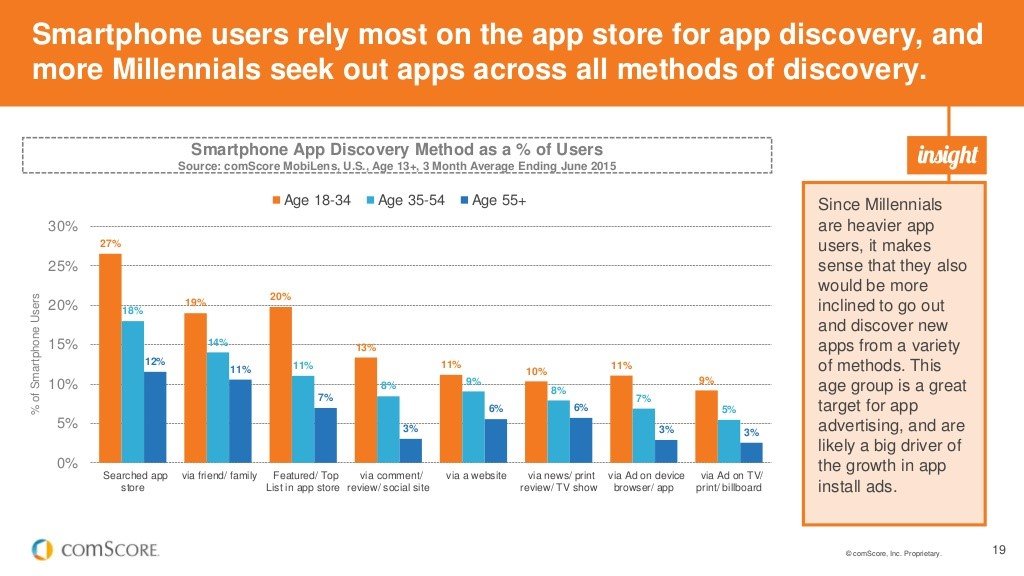
These are critical points because they reveal important trends in human behavior in relation to apps. This information suggests that the current app focused model which is reliant upon robust and highly acclaimed app stores is simply not an efficient model that complements human behavior.
In fact, the data clearly reveals that the app stores are the most used app discovery methods but are engaged most by an uninspiring 27% (18 -34 year olds) of users, second by a mere 18% (35-54 year olds) of users and at its lowest point used by a lackluster 12% (55+) of users. As the chart reveals, these are the "high" numbers representing app discoverability activity across demographics using the most used app discovery method: the app stores. As we move across discovery methods shown in the above chart, such as recommendations from friends, reviews, ads, etc., the numbers continue to decline until less than 10% of users discover apps via the lowest used method.
Don't seek and you won't find
The average user is not seeking out new apps in high numbers.
This information enlightens us to the reality that the average smartphone user (not enthusiasts like you folks reading this) are just not actively seeking out new apps nor engaging different methods that introduce new apps in high numbers. This low app discoverability information suggests the logical conclusion that if seeking out new apps is low among the average smartphone user, app downloads in effect must also be low.
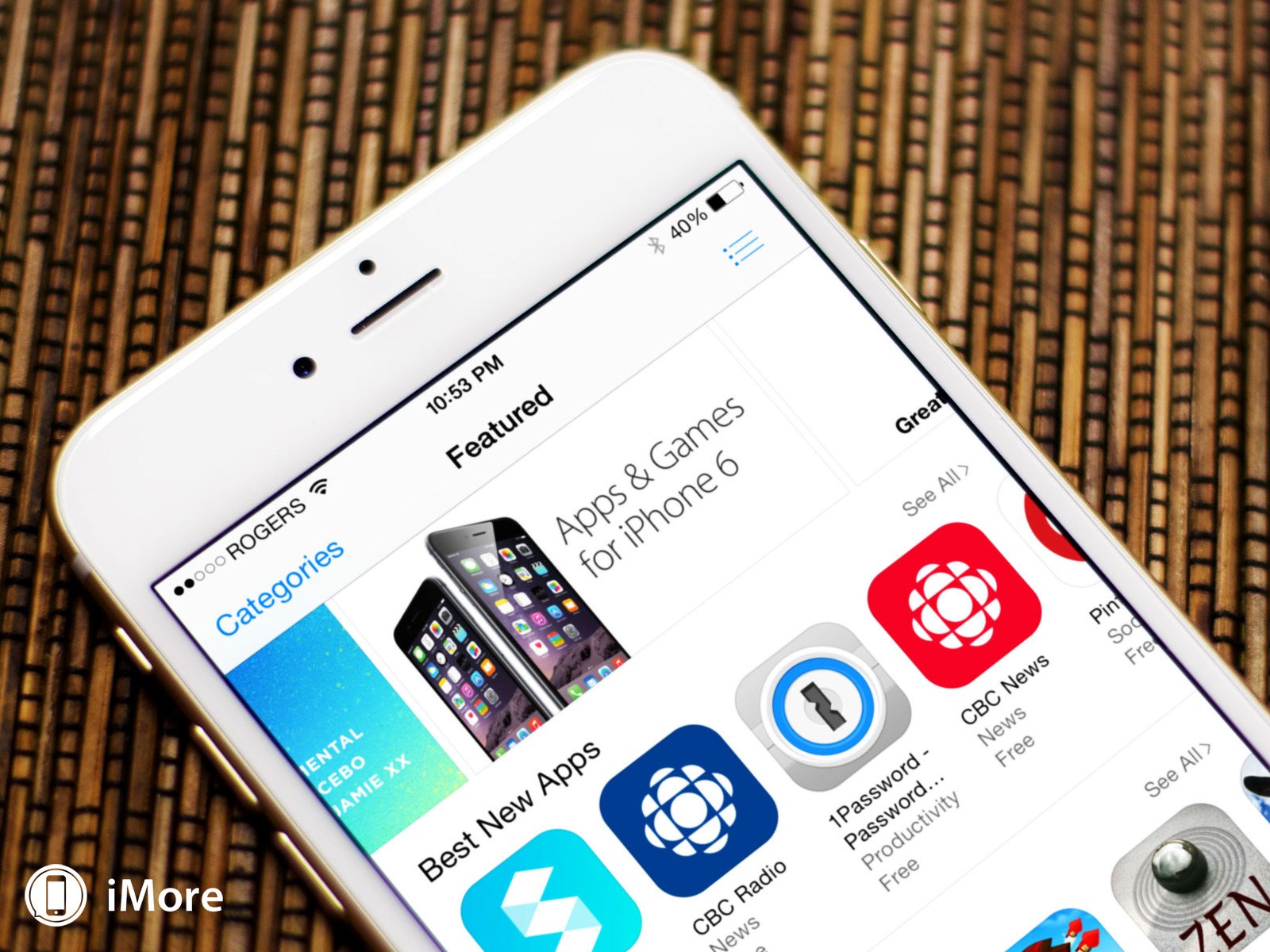
As a matter of fact, the data from Comscore's 2014 Mobile App Report reveals just that. The report reflects that a mere 7% of smartphone users accounted for 50% of all download activity. This activity averaged out to be about one download by the average user each month. Said another way, of the 1.5 million available apps in the App and the Play Stores, the average user was downloading a mere one app per month. One. You can literally count that on one hand.
This data fits well within the picture painted for us by the information we presented in the previous parts of this series. We saw then that 91% of a user's app usage time is spent in their top six apps and most of that time is spent with social media and entertainment apps.
This human behavior focused around a small assortment of smartphone apps would indeed suggest low app seeking and low downloading activity among the average user as we see reflected here.
Oh what a tangled Web we've weaved
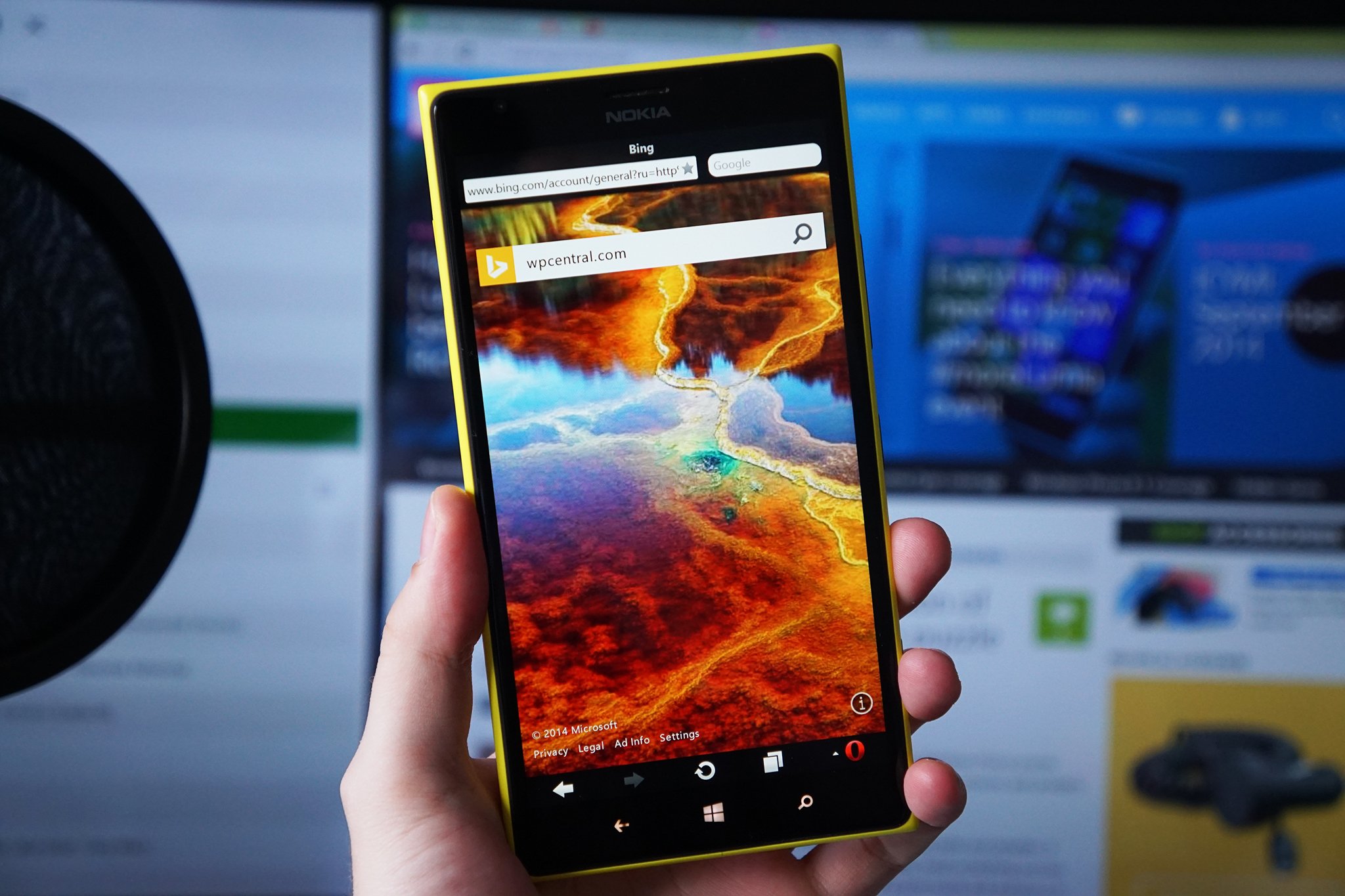
Despite, numbers which indicate less than anticipated app discoverability activity, lower than expected app downloads and a surprisingly limited focus of smartphone app activity of the average smartphone user; we cannot argue with the reality that mobile apps have transformed personal computing. Their very existence has been instrumental in moving the personal computing platform from a predominantly desktop PC environment to a mobile environment.
That said, app usage is just one method by which users engage content and information on mobile devices. The other very popular method, of course, is the web. In fact, the data reveals that web properties receive far more unique visitors per month than apps do.
A comparison of the Top 1000 Apps vs. the Top 1000 mobile web properties show a surprising result. Not only do mobile web properties have audiences more than 2.5X the size but these audiences are also growing twice as fast.
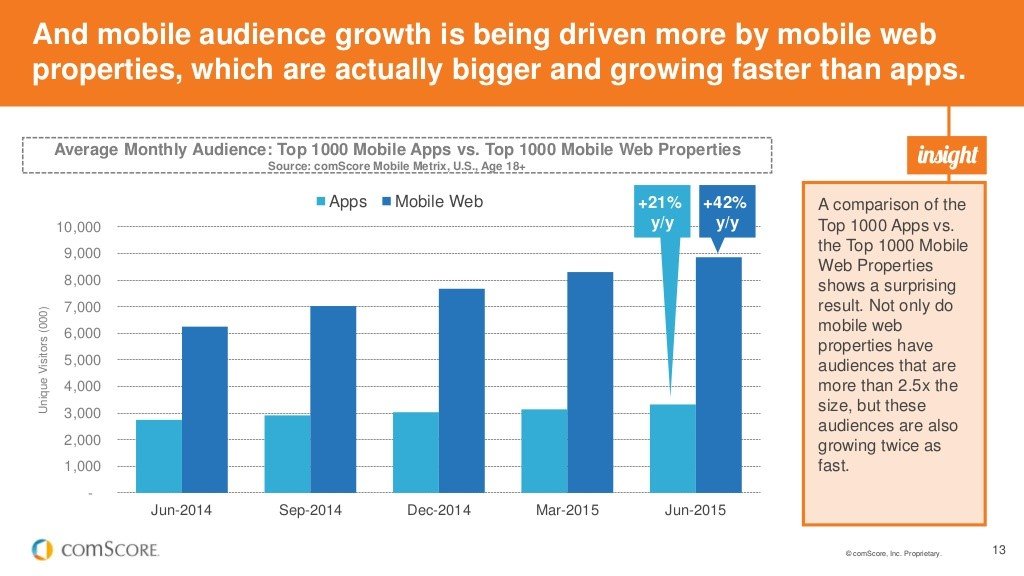
This is an important point. When considering human behavior in response to apps, we have established that a user's top six apps occupy 91% of their time. We have also noted that the average user spends very little time downloading new apps to their devices. This behavior is a very telling indictment of the current app model. It is also a very powerful indictment of the oft-touted or implied claim that the vast amount of available apps on iOS and Android in itself equals a superior smartphone experience than Windows Mobile can provide.
Mobile web properties are engaging mobile users at higher rates than mobile apps.
Consider this: 91% of the average smartphone user's app usage is within his top six apps. Added to that there is low app discovery activity across all age groups and discovery methods. This situation is further compounded by the fact that engagement of mobile web properties significantly outpaces app engagement. This data paints a very compelling picture that, based on human behavior, the average smartphone user is not greatly benefitted by vast app quantities within the current app store model.
The Web is the "app" for that
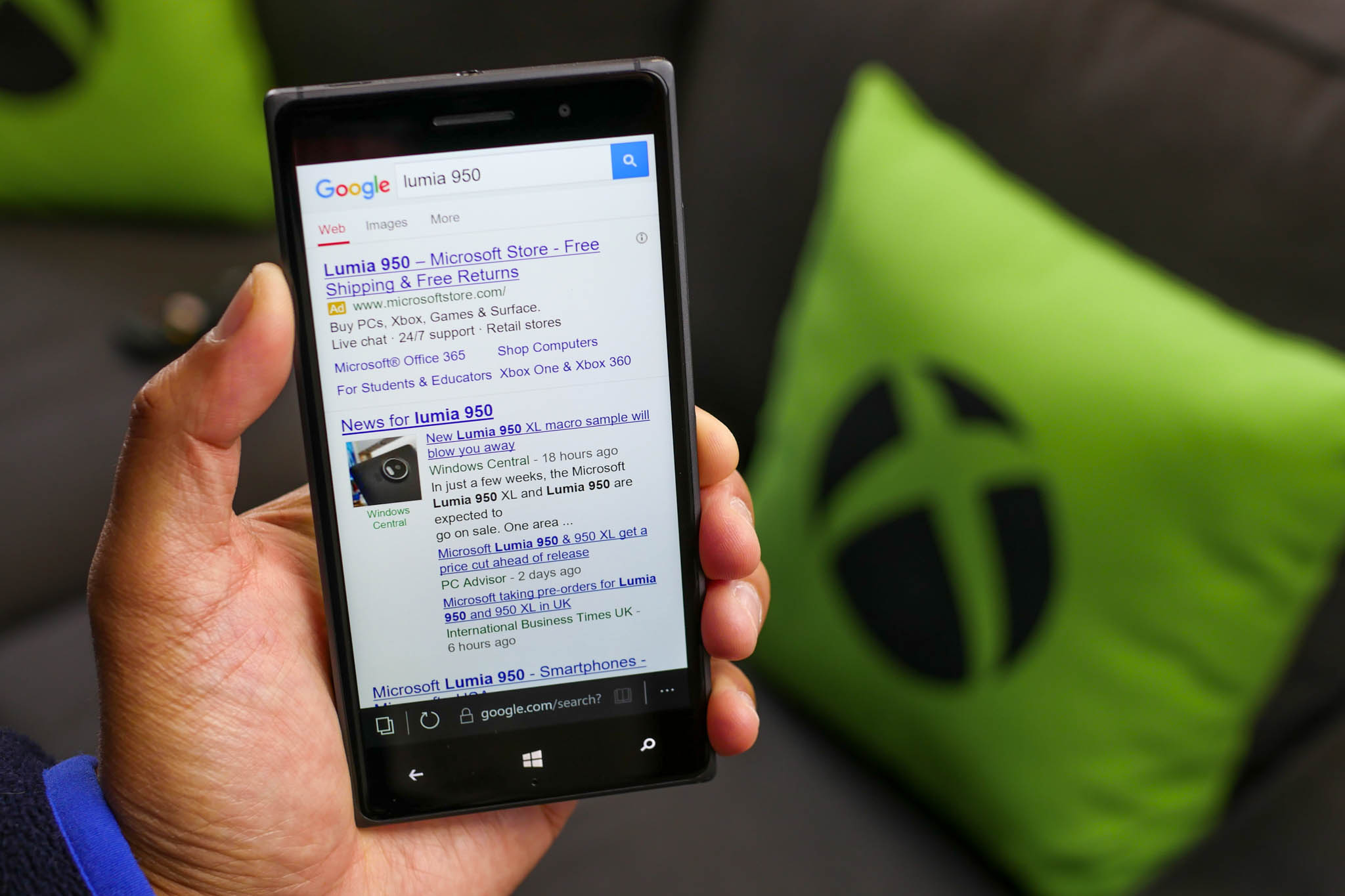
I do concede that though building an audience via web properties is easier and more effective than doing so with apps, once an audience is created with apps there is a much deeper level of commitment. "As audiences increase, average time in mobile web declines…suggesting increase in drive-by traffic."
This paints the picture of how we handle the "not highly frequented apps."
This information helps to paint the picture of how we as smartphone users handle the "not so popular or not highly frequented apps" that may not be among our "top six." As I've shared in part one of this series my banking app is no longer supported by Windows Mobile. As such I am, like many users, forced to endure the inconvenience of using the services web page when I do engage the service via my smartphone. That said, my experience of seeking a businesses' service via a web page rather than an app is not unique to me nor to just Windows Mobile users.
The data presented above reflecting a high engagement of the mobile web is most certainly bearing out the reality that millions of iOS, Android and Windows Mobile users are engaging the "not so often used services" via the web rather than an app which may or may not exist on a platform.
The path to a new paradigm
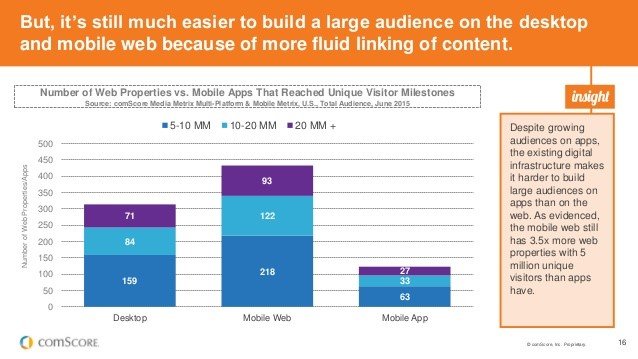
There are many situations where a user only needs to engage a particular service "in the moment."
There are many situations where a user only desires or needs to engage a particular service "in the moment." Employing a website in such cases is much simpler than engaging an app store in search of an app to download, install, find on the device and then engage to meet that momentary need, for which that app may or may not be needed again. And if it is ever needed again the need would more than likely be infrequent. This is where the data of high mobile web engagement activity and the smartphone user's experience with infrequently used, but valuable apps that add convenience (like my missing banking app) meet.
This is where high mobile web activity and a user's infrequently used apps activity meet.
Some services according to the web engagement data may not earn an "app presence" on a user's smartphone. This decision may be a result of a user's lack of awareness of an existing app, or it may just reflect the "infrequency" with which that app would be engaged. At any rate mobile web properties are still engaging mobile users at higher rates than mobile apps.
Google's recently announced Instant Apps, I believe, is in recognition of this reality. Instant Apps is a solution that meets many users where they are: on the web.
Get people to your flagship Android experience from links that would otherwise open your mobile web page — like search, social media, messaging, and other deep links — without them needing to stop and install your app first.
With Instant Apps, a user engaging a link to a web page on his smartphone for a particular service is able to seamlessly download just the necessary portions of an app to facilitate the desired function. This partial "install of the app" helps the user carry out the desired function in a more efficient "app-like" manner than a strict web environment would provide, yet without the burden of fully installing the app (though a user is presented with an option to do so).
Google's solution provides a more efficient model that meets users on a landscape, the web, where a user's intent is recognized and accommodated via Instant Apps. As we will see, a systems ability to understand intent is essential to the shifting paradigm of personal computing and app engagement.
What are our intentions?
Based on the data we're analyzing, the average smartphone user is simply not engaging a vast repository of apps, or needing certain services, frequently enough to justify searching for and downloading many apps. As a result, we see the low download rates of approximately one download per month, from the average user.
Consequently, as stated, when a particular need arises for some form of engagement with a business's digital services, many users engage those services in the moment from a website rather than searching for an app which may or may not exist in the respective app stores.
Finding a website, of course, since the commercialization of, and widespread access to, the internet via mobile devices is something most users across all demographics are familiar with and apt at doing.
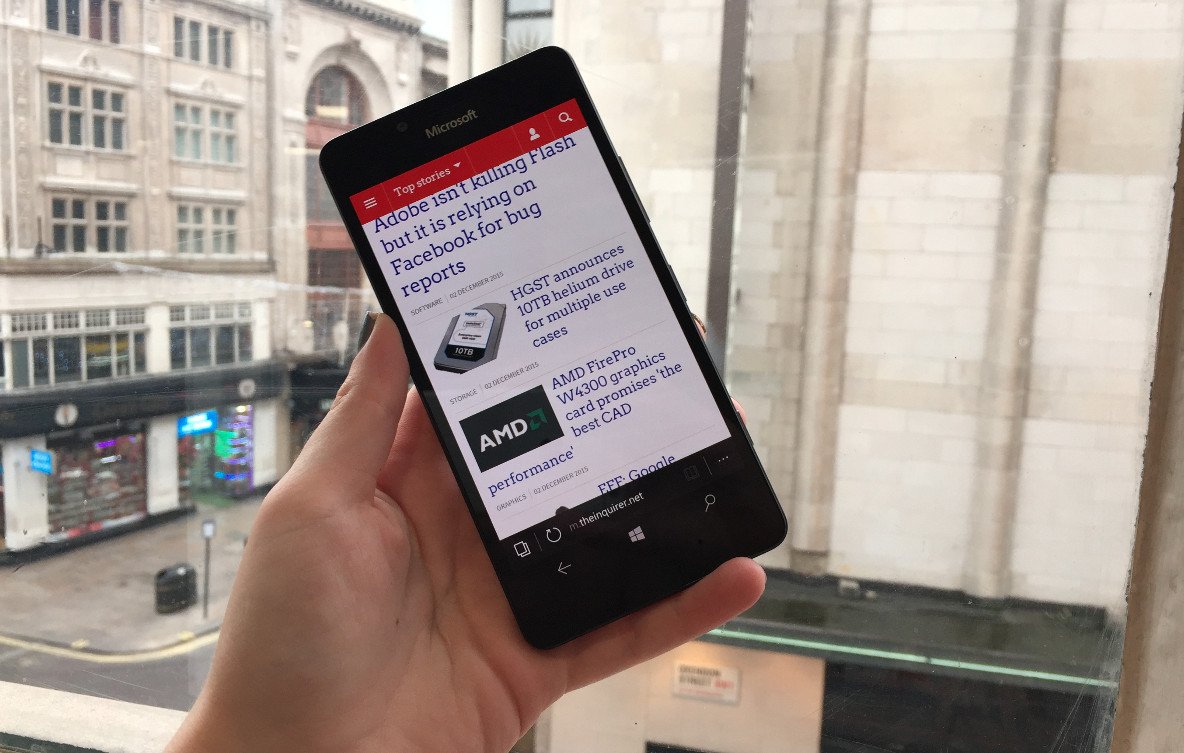
The familiar "human-web-relationship" is more ingrained in us than the "human-app-store-relationship".
The older and more familiar "human-web-relationship" is more ingrained within our digital behavior than the younger "human-app store-relationship". Thus, it is almost second nature when engaging a digital environment and seeking to meet a particular need, to defer to the web for a service for which an app is not presented or already installed. For most users, deferring to an app store, (as borne out in the low app discoverability and high web engagement data) is simply not a recourse.
Based on human behavior in relation to apps, the current app store model is more reflective of a warehouse (rarely engaged, cluttered, challenging to navigate, and daunting to some) than a model that works in concert with a user's intent. When an individual ventures beyond the familiar confines of their dominant smartphone activity (top six apps) it is with intent. The current app model, however, does not recognize intent.
Thus, a user is confronted, sometimes at the moment of need, with an "unintelligent" app model that demands a user to fulfill his intent by searching for, installing, locating on the device, launching and finally engaging an app in an independent and unsupported manner. Company's efforts to make app discoverability in app stores more efficient, though commendable, is a mere fraction of the answer. It doesn't help with recognizing intent, nor does it work in concert with human behavior that is not deferring to the app store.
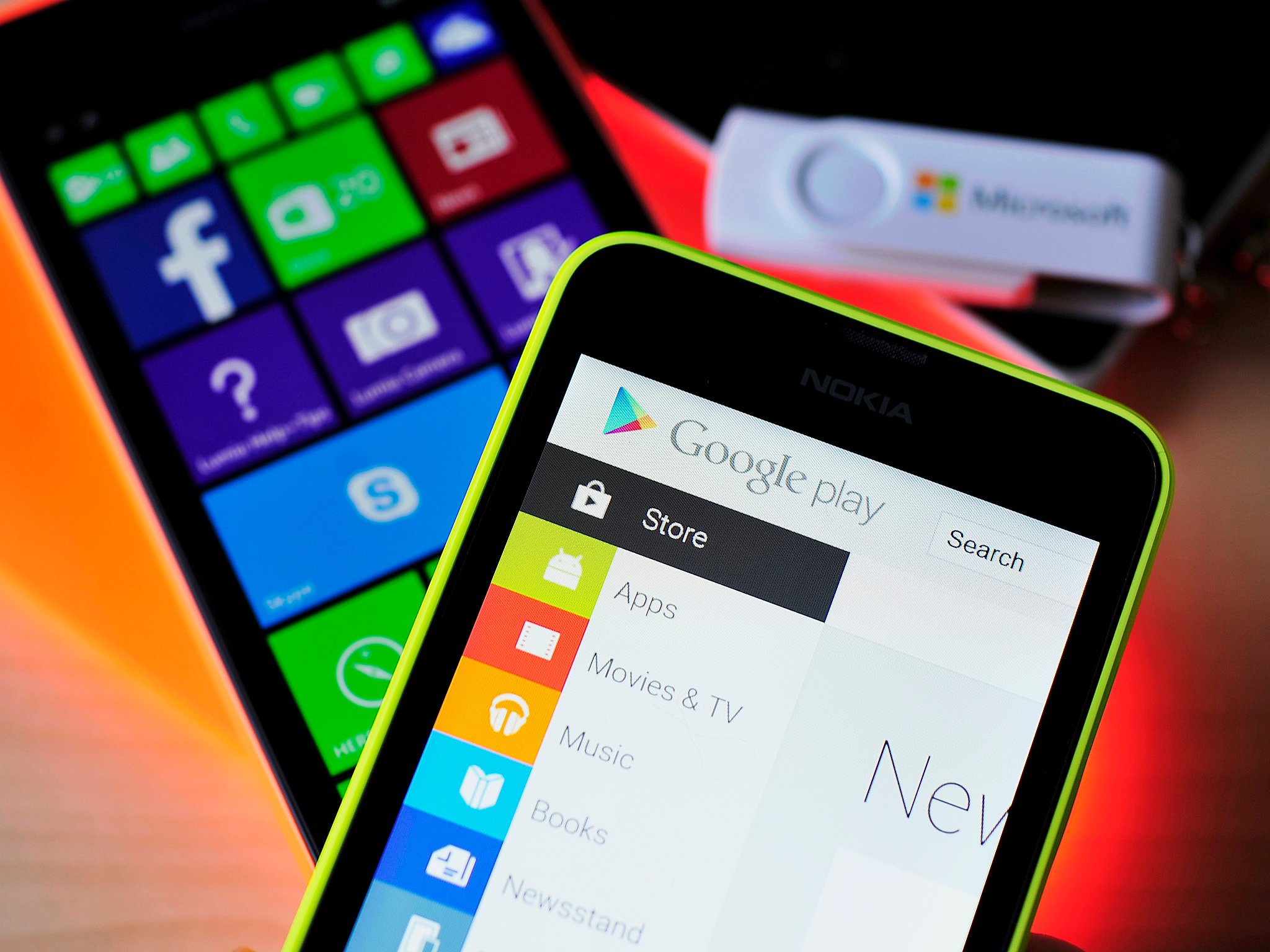
Google's Instant apps solution meets the user at the point of highest engagement: the web. That solution works more in line with typical human behavior that begins with intent and proceeds to action. It avoids the cumbersome steps of searching for, downloading, then engaging an app that the current app model requires. Though it provides a user with just the bits needed to fulfill a user's intent, it also presents the option of downloading the full app which, of course, the data shows garners deeper commitment than web properties over time.
Of course, Microsoft has their own solution to this same problem. Artificial intelligence and the Bot Framework is an ambitious endeavor that has been years in the making.
To be continued...
The data clearly reveals that the current app model is wholly inefficient in relation to human behavior. Low app discovery activity, relatively minimal app download activity, minimal app engagement in relation to the breadth of available apps and very high mobile web engagement paint a picture of human-smartphone-and-app-behavior we rarely see. Despite the prominence and "success" of the app model and app stores the data reveals its shortcomings and more importantly, its position as a transitory phase in the evolution of mobile personal computing.
Google's Instant Apps is a profoundly significant response to human behavior's deferment to the mobile web rather than apps. Combined with a resource of 1.5 million apps and those same apps recently announced availability on Chromebooks, the potential appearance of Instant Apps on Chrome can be disruptive.
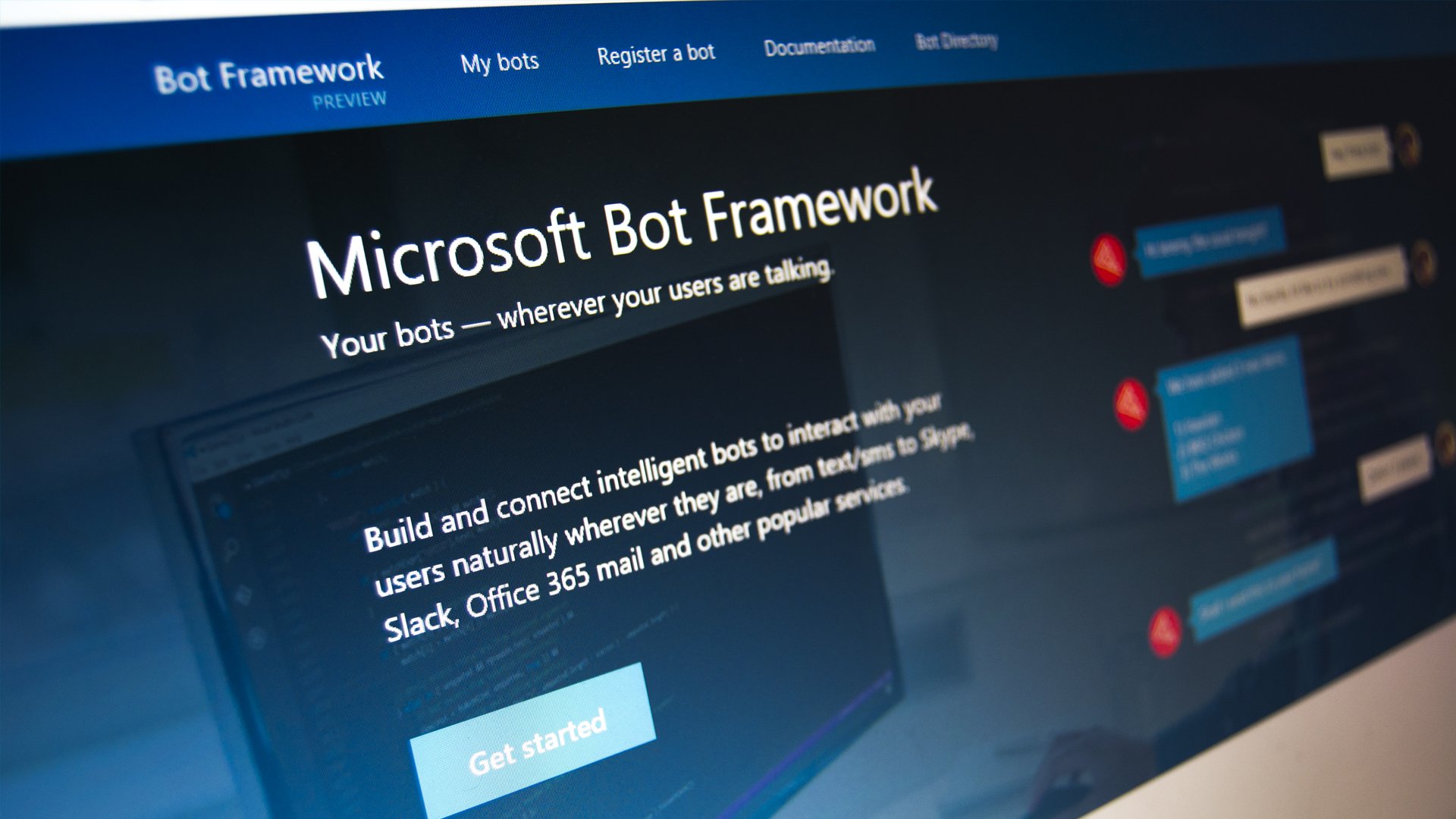
That said, this same data of high web engagement for a vast range of mobile activity highlights Microsoft's (and rivals Google, Facebook and Viv) path to an artificial intelligence and bots model. An intelligent web-connected assistant capable of understanding a user's intent and proactively connect to service bots across the internet to fulfil a user's needs is a natural fit for human behavior that defers to the mobile web.
Part I: Human behavior, the overlooked variable
Part II: App gap? What app gap?
Meet us back here in part four as we conclude this series with a deeper look into the app gap and the path to bots.
Also jump into comments and meet me on Twitter at @JLTechWord to continue the discussion!

Jason L Ward is a Former Columnist at Windows Central. He provided a unique big picture analysis of the complex world of Microsoft. Jason takes the small clues and gives you an insightful big picture perspective through storytelling that you won't find *anywhere* else. Seriously, this dude thinks outside the box. Follow him on Twitter at @JLTechWord. He's doing the "write" thing!

